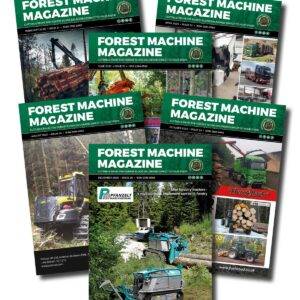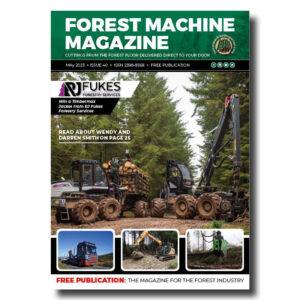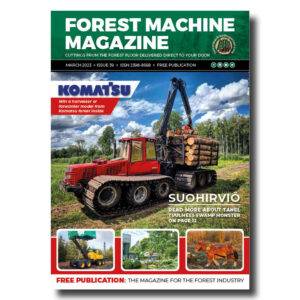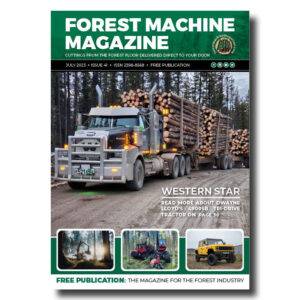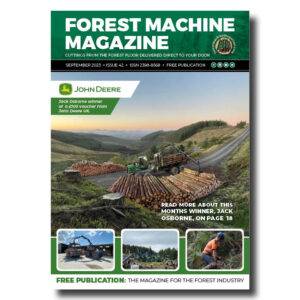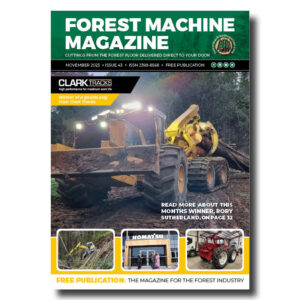To Gain a deeper understanding of the Romanian Forestry sector we must look back a few decades
On December 22, 1989, Romania marked the end of the communist regime through a major revolution. From the period following World War II until the 1989 Revolution, Romania had effectively eliminated the concept of private ownership. Factories, plants, production workshops of all kinds had been nationalized.
Similarly, agricultural lands and forests were also under state ownership. Everything belonged to the state. All economic activities – resource exploitation, production of goods, trade, etc. – were controlled by the state.
1990 was the year when the first private companies appeared in Romania.
After the Revolution, the state began, in stages, a series of restitutions of properties that had been privately owned before the Soviet occupation and communism. The process of restitution is not entirely complete, and there are still claims and property returns happening today.
Currently, approximately half of the country’s forest area is owned and managed by the state, while the other half is under private ownership – individuals, joint ownerships, churches,
municipalities.
Romania is covered by forests, accounting for 27% of its total
land area, which amounts to approximately 6.3 million hectares.
The forestry sector was not exempt from the transition of the Romanian Forestry economy and society.
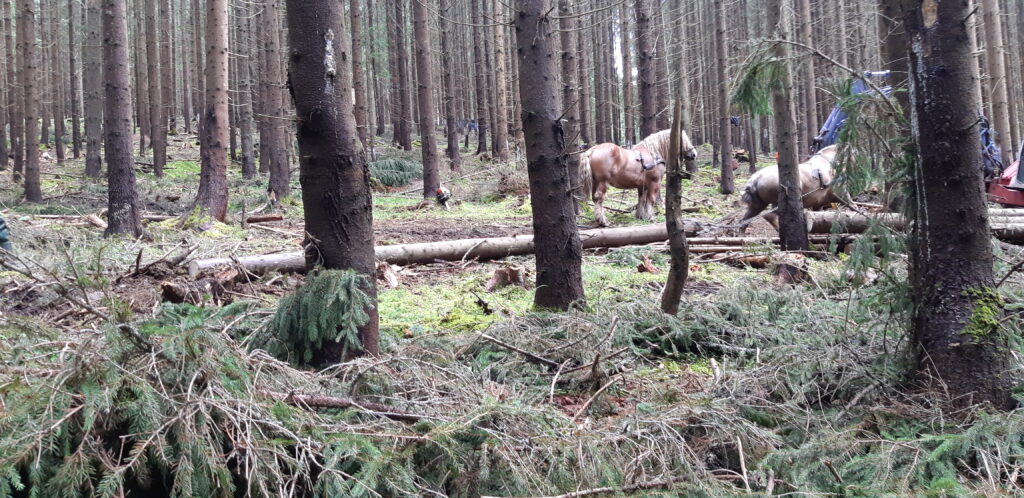

The Romanian state has adopted a total of 1,454 national legislative documents related to the forestry sector between 1990 and 2021, with 382 of them issued by the Parliament and the Government together.
This means an average of 12 legislative acts per year. In this ever-evolving legislative landscape – which continues to evolve – it is challenging to develop and, most importantly, to have predictability.
-
That’s a remarkable amount of work hours for a single machine, the Norcar 600 owned by Erkki Rinne is taken well care of, it even has the original Diesel engine.
-
Kieran Anders is a forestry contractor working in the lake district. His work involves hand cutting and extracting timber using a skidder and tractor-trailer forwarder.
-
It is not possible to eliminate chain shot, but there are simple steps that can be taken to reduce the risk.
-
Arwel takes great pride in the fact that the mill has no waste whatsoever, “the peelings are used for children’s playgrounds, gardens and for farm animals in barns in the winter and the sawdust has multiple uses in gardens and farms as well.
-
Timber hauliers need to encourage young blood in, and also look after the hauliers we have, we need make the sector a safe and positive place to work.
FIND US ON
Related Posts
For great advertising rates please email Rab at forestmachinemagazine@mail.com
Since 2007, Romania has been a member of the European Union, and public policies in the forestry sector have gradually aligned with EU directives.
From a historical perspective, these timeframes (1990-2007 and 2007-present) may not seem long, but in terms of economic and social transformation, they represent periods of profound change, leading to imbalances, confusion, and hesitations. Managing change at the national level has been extremely complex and challenging because, in addition to legislative changes, it required social acceptance of a capitalist reality and the construction of democratic institutions, all at the same time.
The Romanian Foresters Association – ASFOR is one such democratic institution.
ASFOR was founded in 1994. It is a professional and employer association that represents the forestry and primary wood processing sector.
The Romanian government, following a model common to developed European countries, has entrusted ASFOR with the right to issue and, respectively, withdraw licenses that allow companies to engage in forestry activities.
From this perspective, ASFOR has been and continues to be a steadfast advocate for forests and the companies operating in the forestry sector.
The association brings together over 2,000 firms in Romania and supports the modernization of the Romanian forestry sector. The President of ASFOR is also a member of the EOS board.
Here are some other significant figures: the forestry and primary wood processing sector annually contributes to 3.5-4% of Romania’s GDP, and there are around 150,000 employees in the sector.
In Romania, over 3 million households rely on firewood or wood-derived products for heating.
So, there is a need for wood both in construction and in the furniture industry, as well as for heating. In this context, the machinery used in the Romanian Forestry sector is highly diverse.
There are small forestry companies that still use draft animals to work in the forest. Many small and medium-sized firms use old articulated forestry tractors.
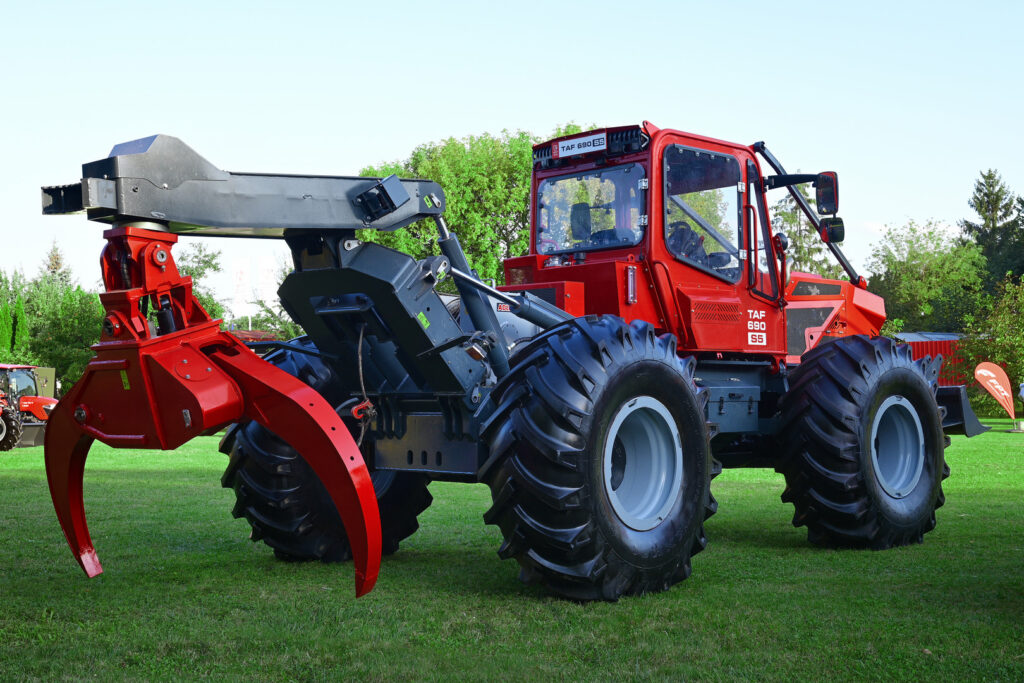

A former forestry machinery factory, IRUM in the city of Reghin, has successfully privatized and produces forestry machinery at affordable prices.
IRUM has a stable partnership with the company Ponsse. However, there are also companies that have automated their operations.
Major international players in the forestry machinery market, such as John Deere, Komatsu, and Logset, are present in the Romanian market as well.
Close Monitoring
After the Revolution, timber exploitation in Romania resembled the Wild West due to vague legislation and newly forming regulatory institutions.
Some entrepreneurs took advantage of this situation and mercilessly cut down forests. Logs were being exported, which is now prohibited. This phenomenon generated strong public dissatisfaction, leading to the decision at the state level to establish multiple forms of control.
Today, there are not only institutions and NGOs keeping an eye on the forestry sector but also an information system for tracking timber masses.
Each timber load is photographed and logged into this system with data related to the company, route, and quantity. Anyone on the street can check whether a transport is legal or not.
Nowadays, things have calmed down, and illegal logging is at a
minimum. However, surveillance still exists. The forestry sector does not enjoy widespread public appreciation, given its past image. Lack of knowledge about forestry and misinformation from unreliable sources also weigh heavily.
Modernization is needed.
Returning to ASFOR, we can say that their efforts have borne fruit. For the first time in the past 33 years, financing is available for the forestry sector.
Through the National Strategic Program (PNS), a support scheme of 89 million euros has been created for the purchase of modern and environmentally friendly forestry machinery, which will come into effect next year.
The number of innovation programs has also increased. Romania has excellent forestry schools.
As evidence, there are Romanians on the staff of major foreign companies or institutions in the industry, such as Stora Enso or EFI.


But there’s more: PRO WOOD, the Regional Timber Cluster in Sfântu Gheorghe, Covasna County, is one of the promoters of innovation and modernization in the forestry sector. Established in 2010, it aims to create a broad partnership to support enterprises in the timber exploitation, semi-finished wood products, and furniture industries in central Romania.
The PRO WOOD Cluster manages or partners in numerous European projects.
One such project is Bio Wood Net, a European project worth 4 million euros (65% of which is European funding). Another PRO WOOD project focuses on internationalizing products from Romanian timber industry firms.
State-of-the-art countries are constructing skyscrapers and wooden neighbourhoods.
Romania is considered a model of best practices in forestry within the European Union, thanks to its ancient forests and biodiversity. However, foresters advocate for a just balance between the three roles of the forest: environmental, social, and economic.
The contribution of Romania’s forestry sector to the national economy and the fight against climate change through the utilization of this renewable resource, wood, can be greater. On the other hand, there is a need to reduce the gap between Romanian companies and those in developed countries, all of which compete in the same European or global market.
Accelerated investment plans are required because “wood is the material of the future,” as Ciprian Dumitru Muscă puts it. This is becoming increasingly evident worldwide, and we hope it becomes a reality in Romania as well.
Gina Artenie
www.forestmania.ro
Forest Machine Magazine is written and edited by a forest professional with over 40 years hands on experience. We are dedicated to keeping you informed with all the latest news, views and reviews from our industry.
To support us you can subscribe to our bi-monthly magazine which is delivered to your door from only £15 per year.
Subscribe here
#homeoflogging #writtenbyloggersforloggers #loggingallovertheworld


